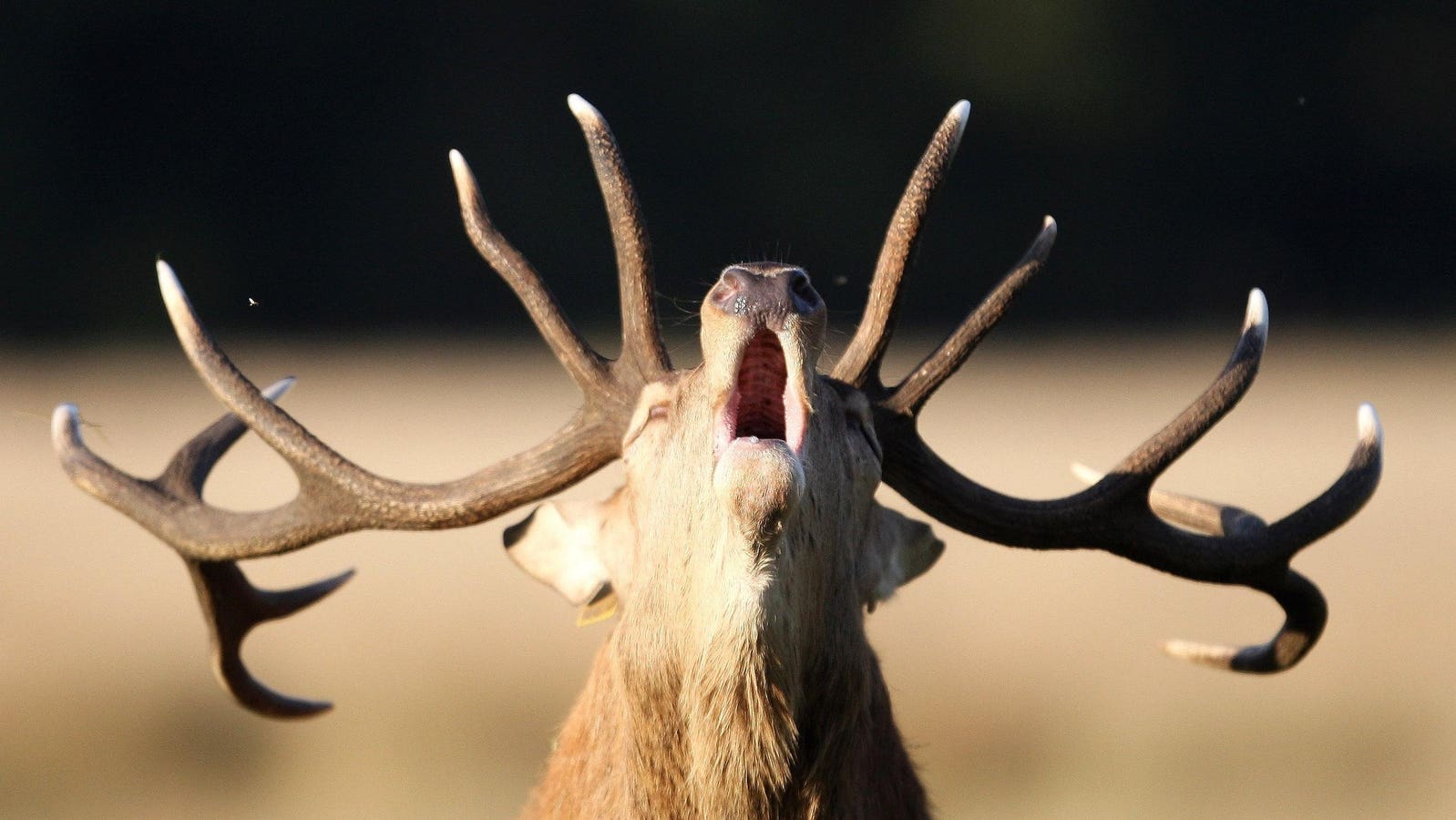Infection
Zombie Deer Disease: Everything To Know About Chronic Wasting Disease After Yellowstone Confirms First Infection
Topline
Yellowstone National Park confirmed its first case of chronic wasting disease on Tuesday, the latest case of the relentless and fatal infection in the same family as mad cow disease that poses an unquantified risk to humans and is marching across the United States—earning the nickname “zombie deer disease” on account of its grim symptoms in some animals.
Key Facts
Chronic wasting disease (CWD), also known as the “zombie deer disease,” is a contagious and invariably fatal illness that affects cervids, a group of animals that includes deer, elk, caribou, reindeer and moose.
CWD is caused by prions—infectious, misfolded variants of proteins that can cause their normal counterparts to fold incorrectly—that gradually destroy the brain and nervous system, with symptoms that can include drastic weight loss (wasting), head lowering, stumbling, listlessness and drooling.
There are no vaccines or treatments for CWD and it is transmitted through direct contact with bodily fluids like feces, saliva, blood or urine, or through indirect contact with objects or the environment contaminated with infectious material.
Experts warn prions are notoriously difficult to inactivate, and it can be practically impossible to eliminate prion diseases like CWD once they are established in an area.
CWD is not known to infect humans or domestic and livestock animals, though the Centers for Disease Control and Prevention said if the disease did, it would most likely do so through eating infected deer and elk (cooking does not “kill” the prions).
The agency urges hunters to avoid animals that look sick, are found dead or act strangely when hunting in an area with CWD, potentially test deer for the disease eating any meat, wear gloves and avoid using household knives when field dressing and to avoid handling animal organs, especially the brain and spinal cord tissues.
Key Background
CWD belongs to a rare family of progressive neurodegenerative conditions called transmissible spongiform encephalopathies. The family famously includes bovine spongiform encephalopathy (BSE)—better known by its popular nickname “mad cow disease”—as well as scrapie, kuru and Creutzfeldt-Jakob disease, a human variant of mad cow linked to eating tainted meat. The disease was first identified in captive deer in the 1960s and in wild deer in the 1990s and has now been reported in at least 29 states in the continental U.S., according to government data. Internationally, CWD has been reported in cervids in South Korea, Norway, Finland, Sweden and Canada. The CDC notes the disease may exist in other areas without strong surveillance systems, and CWD is a growing problem across the country, with areas affected expected to continue expanding. Prevalence varies substantially based on location but the CDC warns infection rates among free-ranging elk and deer is as high as 1 in 10 or even 1 in 4 in some areas where the disease is established, rising to as high as 4 in 5 for animals in captivity. Deer hunting is culturally and economically important to many groups in the U.S., so the disease imposes tough social and financial costs alongside an immense ecological toll. Data quantifying this impact is limited, however, particularly in small communities and for smaller businesses like taxidermists. The U.S. Geological Survey estimates state natural resources agencies collectively spend tens of millions of dollars managing the problem every year, spending $25 million on it in 2020 alone.
News Peg
Officials at Yellowstone National Park and the Wyoming Game and Fish Department on Tuesday confirmed a case of CWD in an adult deer buck found near Yellowstone Lake. The discovery marks the first time the disease has been found in the national park, one of the most visited in the country. As “there is no effective strategy to eradicate” CWD once established, park officials said they will now work on identifying areas within the park at risk of CWD, increase monitoring of cervids at the park and increase testing for the disease from carcasses and samples. Officials said the long term impact of animals in the Yellowstone area “is uncertain” and urged people to avoid touching sick or dead wild animals and to alert a National Park Service employee as soon as possible should they encounter such an animal.
Big Number
$280 million. That’s how much the federal government spent on chronic wasting disease from 2000 through 2021, according to the USGS. This figure included over $16 million in indemnity payments to cervid farmers.
What We Don’t Know
While CWD is not thought to pose a risk to humans, health experts acknowledge it is difficult to know for sure. Prion diseases are poorly understood and hard to diagnose with conventional tools, and can take a very long time to manifest in an obvious way or for someone to develop symptoms if infected. This, combined with their relative rarity, can make it hard to detect whether diseases are occurring at higher rates among particular risk groups like hunters or people who eat deer. The CDC has said that although it is “not known if people can get infected with CWD prions,” some “experimental studies raise the concern that CWD may pose a risk to people and suggest that it is important to prevent human exposures to CWD.”
Further Reading
Using Wolves as First Responders Against a Deadly Brain Disease (NYT)
Everything You Need To Know About Mad Cow Disease After Brazil Confirms Infection (Forbes)

